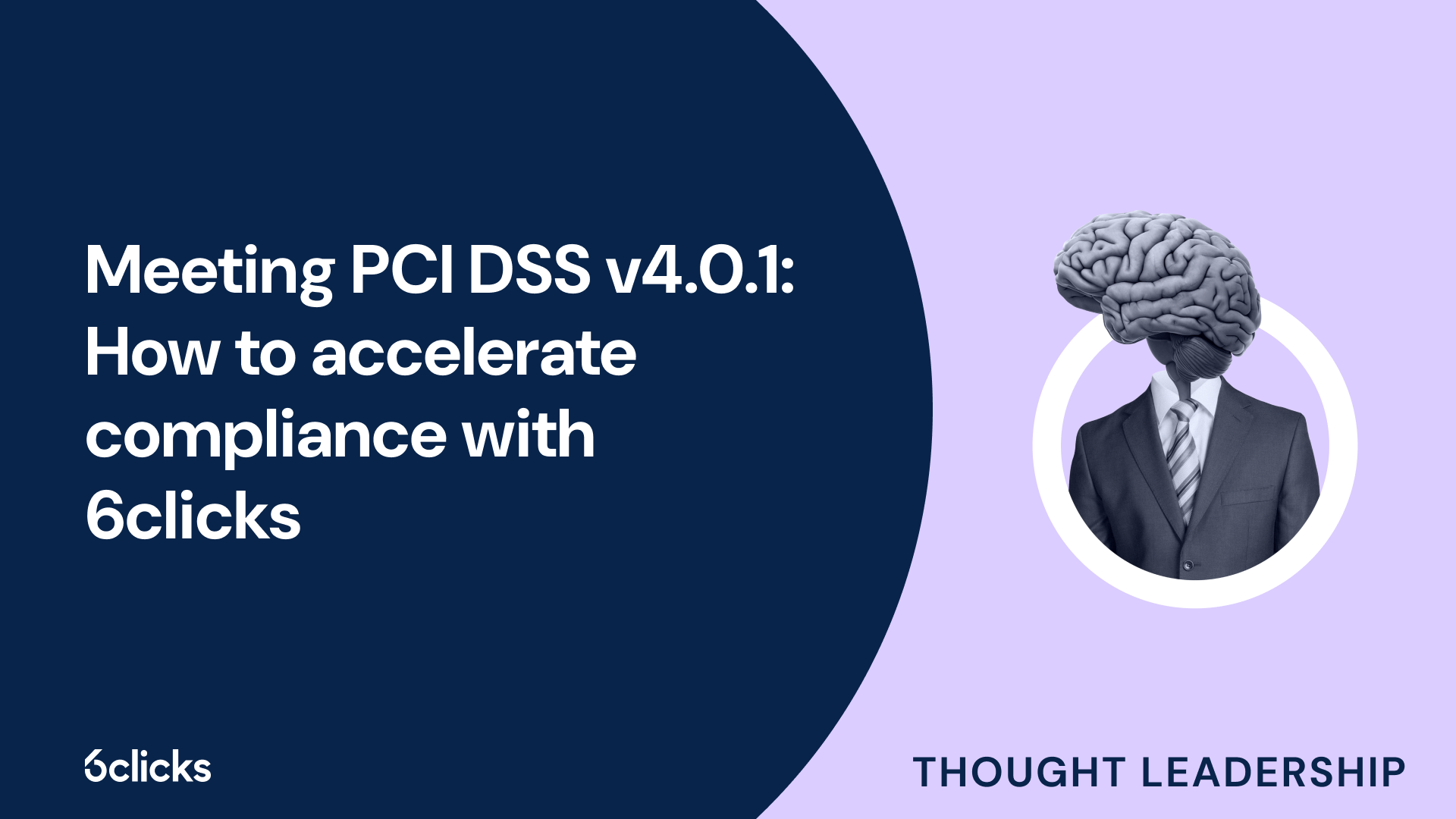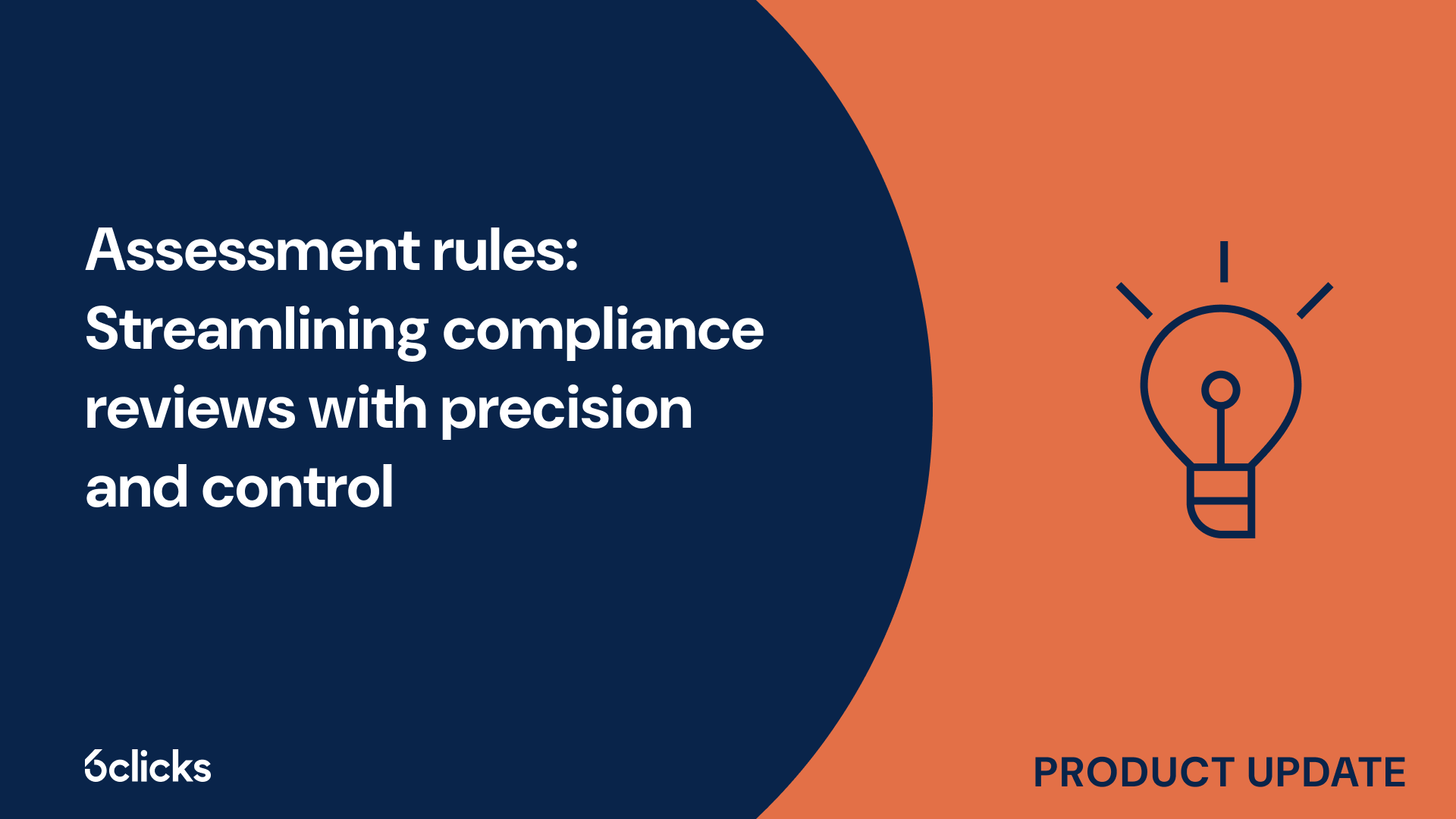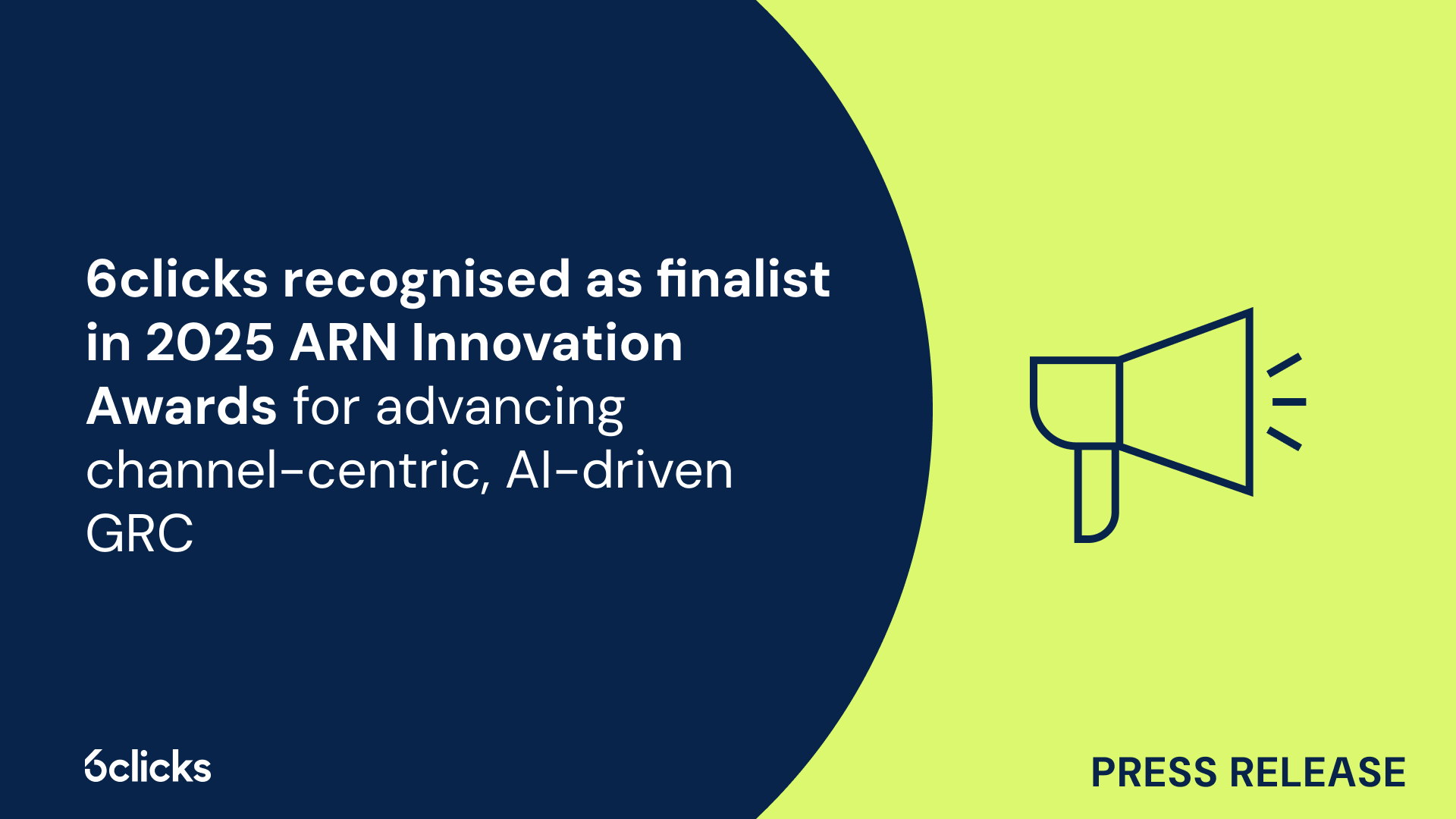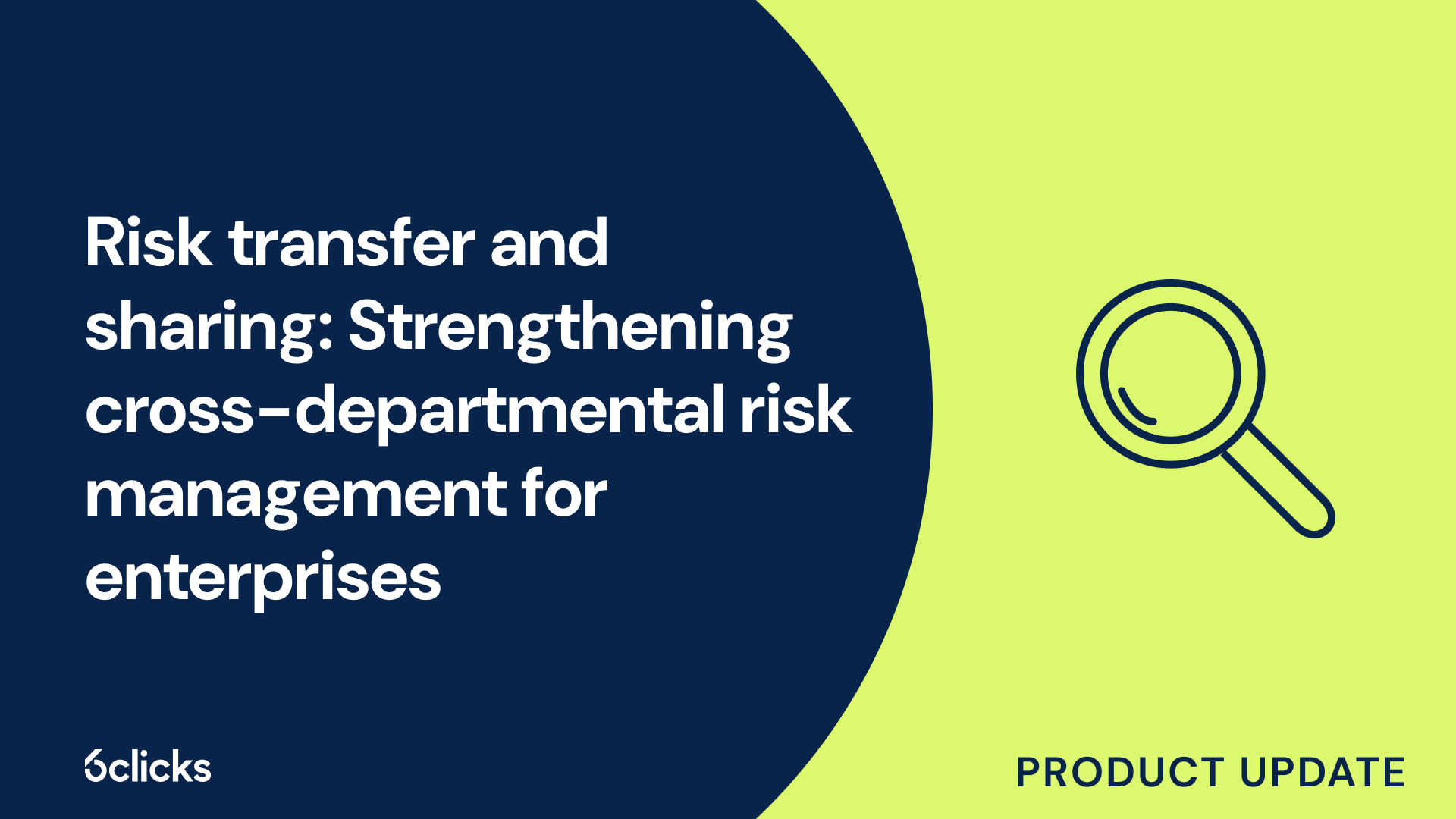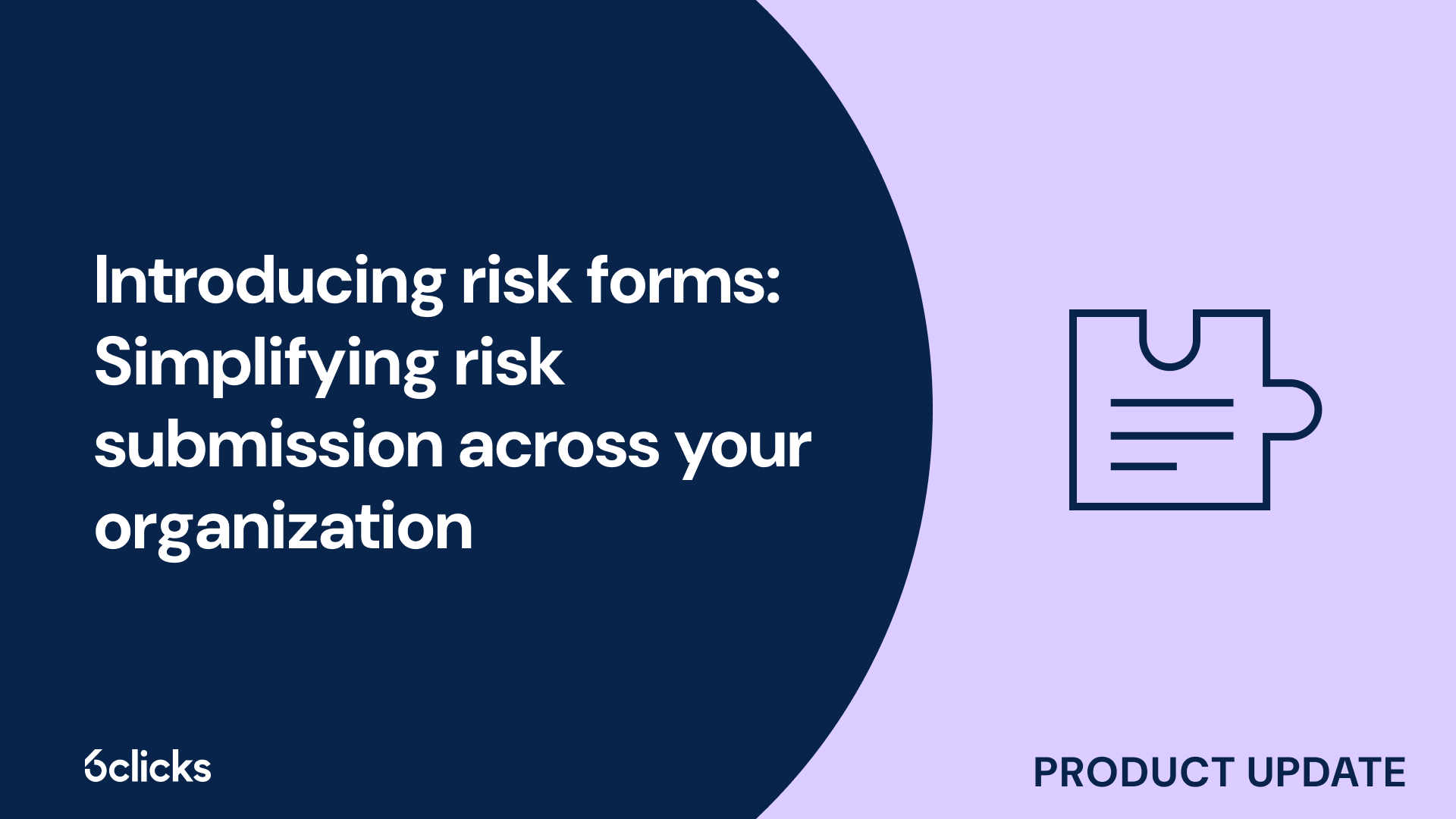The GRC buyer’s guide for 2025: Building resilience with AI-powered, federated solutions
Discover the ultimate GRC buyer's guide for 2025! Uncover how AI-powered, federated solutions transform compliance and security management for industries like government, aerospace, banking, and more. Learn about centralized control, continuous compliance, and advanced cyber GRC capabilities. Download now!
-1.png?width=200&height=249&name=Group%20193%20(1)-1.png)
The GRC buyer’s guide for 2025: Building resilience with AI-powered, federated solutions
What is security risk management?
Security risk management is the process of identifying, assessing, and mitigating risks to an organization’s assets, systems, and information. It plays a vital role in protecting businesses from potential threats, including cyberattacks, data breaches, and physical security vulnerabilities. By implementing effective security risk management strategies, organizations can minimize the impact of risks, safeguard their operations, and ensure compliance with regulatory requirements.
Core of security risk management
At its core, security risk management is about understanding and addressing risks in a methodical way. This involves several key components:
Analyze potential threats
Identify and understand the various threats your organization may face. These can include cyber threats, such as malware and phishing attacks, as well as physical threats like unauthorized access or natural disasters.
Evaluate vulnerabilities
Assess areas where your organization might be susceptible to these threats. This could involve reviewing IT systems, physical infrastructure, or internal processes.
Determine the likelihood and impact
Evaluate the probability of each risk occurring and the potential consequences if it does. This helps in prioritizing risks based on their severity.
Common areas of focus
- Information security - Protecting sensitive data and ensuring it is not accessed, modified, or destroyed by unauthorized parties.
- Physical security - Safeguarding tangible assets, such as office spaces, equipment, and personnel, from theft, vandalism, or harm.
- Operational risks - Managing risks related to business processes, supply chains, and other operational activities.
Prioritization
- Identify and prioritize risks - Once risks are identified, they must be ranked based on their severity to allocate resources effectively.
- Allocate resources - Focus on addressing the most critical risks first, ensuring that limited resources are used efficiently.
Key steps in security risk management
1. Conduct regular risk assessments
Risk assessments are essential to understanding the evolving threat landscape. Regularly evaluate new and existing risks to keep your strategies up to date.
2. Establish security policies
Develop clear policies that define roles, responsibilities, and procedures for managing security risks. Policies should be accessible and enforceable across the organization.
3. Implement risk reduction controls
Use technology and physical measures to reduce risks. This can include firewalls, encryption, surveillance systems, and access controls.
4. Invest in employee training
Educate employees about security best practices, such as identifying phishing emails and maintaining strong passwords. Employees are often the first line of defense against potential threats.
5. Develop incident response plans
Create a plan for responding to security incidents. This should include steps for identifying, containing, and resolving threats to minimize their impact.
6. Continuously monitor and update systems
The threat landscape is constantly changing. Implement systems for continuous monitoring and ensure that security measures evolve to address new risks.
Benefits of effective security risk management
Effective security risk management goes beyond just protecting assets; it builds trust among clients, stakeholders, and employees. Organizations that prioritize risk management demonstrate a commitment to security and reliability, which can enhance their reputation and competitive edge. Additionally, a proactive approach to managing risks helps businesses avoid costly disruptions, comply with regulations, and achieve long-term operational stability.
Manage security risks effectively with 6clicks. Explore the advanced capabilities of our platform.




.jpg?width=302&height=170&name=eBook%20Title%20-%20Risk%20management%20for%20ISO%2027001%20and%20ISMS%20expert%20guide%20eBook%20(1).jpg)

